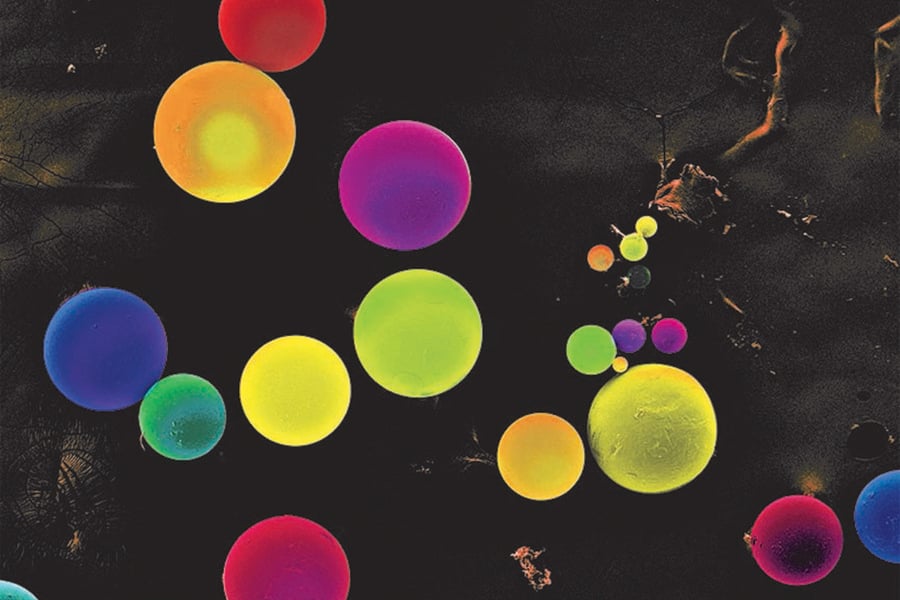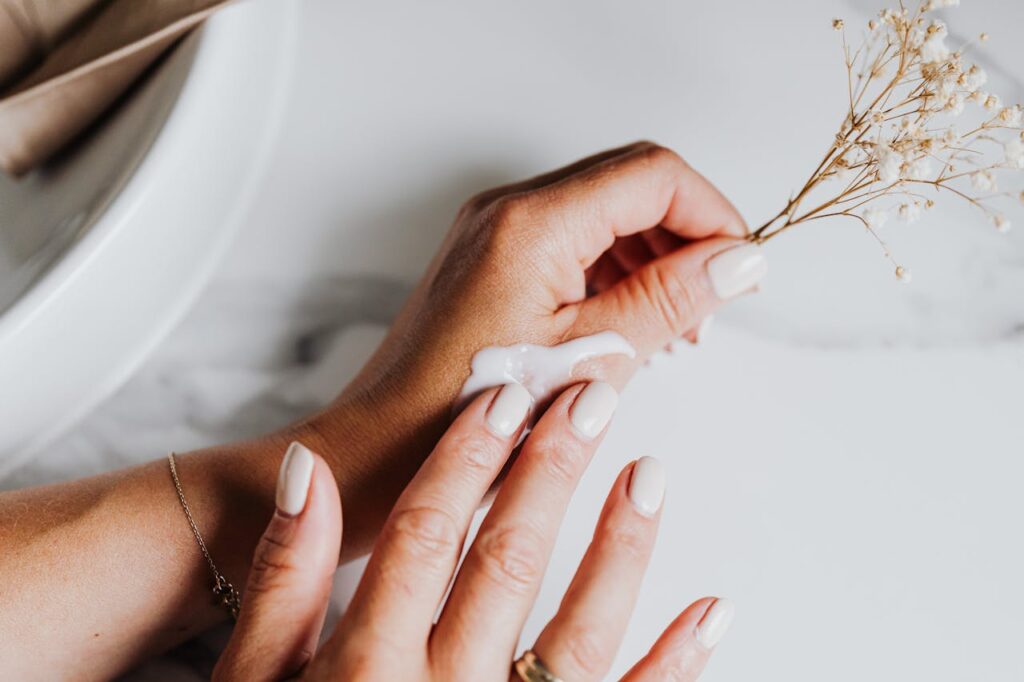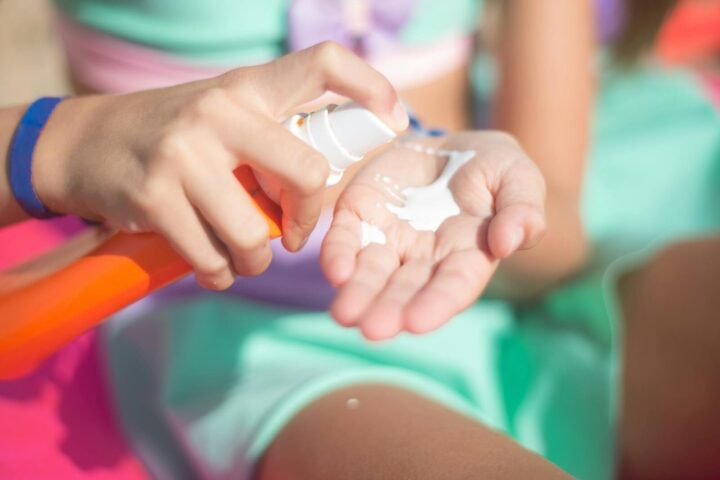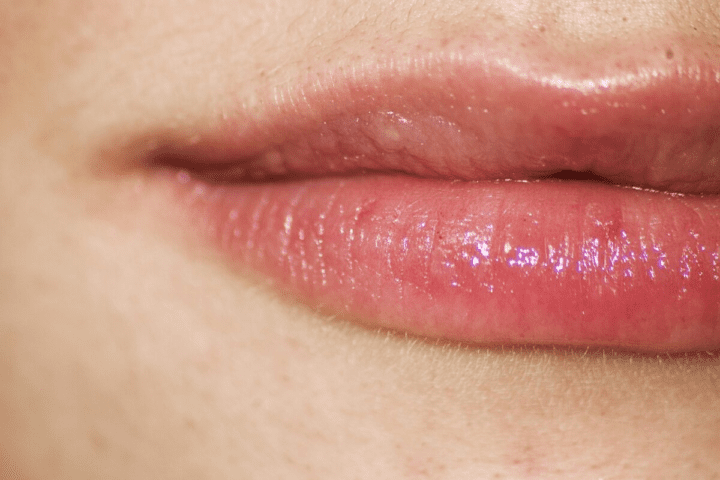In a development that could reshape the beauty and personal care industry, MIT chemical engineers have created biodegradable polymers to replace microplastic beads found in cleansers and cosmetics. These new materials break down into harmless sugars and amino acids, potentially offering a solution to one source of global microplastic pollution.
The Environmental Crisis
Microplastics are found nearly everywhere on Earth. These minute plastic particles, released by the breakdown of tires, clothing, and plastic packaging, have even been detected in human bodies. Beauty products containing plastic microbeads contribute substantially to this contamination.
Ana Jaklenec, principal investigator at MIT’s Koch Institute for Integrative Cancer Research, states: “One way to mitigate the microplastics problem is to figure out how to clean up existing pollution. But it’s equally important to look ahead and focus on creating materials that won’t generate microplastics in the first place.”
Scientific Breakthrough
The research team, led by graduate student Linzixuan (Rhoda) Zhang, developed the new material using poly(beta-amino esters), polymers previously created in Robert Langer’s lab. These materials can be modified by altering their building blocks to enhance properties like water resistance and pH sensitivity.
“We wanted to use this as a first step to demonstrate how it’s possible to develop a new class of materials, to expand from existing material categories, and then to apply it to different applications,” Zhang explained.
Practical Applications
Tests revealed the new particles, when mixed with soap foam, removed permanent marker and waterproof eyeliner more effectively than soap alone and cleansers containing polyethylene microbeads. The biodegradable particles also demonstrated superior absorption of toxic elements like heavy metals.
More Stories
Beyond Beauty Products
The particles showed promise in nutrient encapsulation, protecting vitamins A, D, E, C, zinc, and iron. After six months of storage in high temperature and humidity conditions, over 50% of the encapsulated vitamins remained intact. This capability could benefit approximately 2 billion people worldwide suffering from nutrient deficiencies.
The team incorporated these particles into bouillon cubes, a staple in sub-Saharan African countries, where the nutrients remained stable after two hours of boiling.
Regulatory Progress
Following the European Union‘s 2023 ban on certain microplastics, this development arrives at a crucial time. The researchers, supported by a grant from Estée Lauder, plan to conduct human trials later this year. They are also gathering safety data for FDA GRAS (Generally Recognized as Safe) classification.
Environmental Impact
While this advancement addresses one aspect of microplastic pollution, it represents a step toward reducing synthetic polymer accumulation in our environment. As Jaklenec notes: “Polymers are incredibly useful and essential in countless applications in our daily lives, but they come with downsides. This is an example of how we can reduce some of those negative aspects.”
The research, funded by the Gates Foundation and U.S. National Science Foundation, appears in Nature Chemical Engineering.







